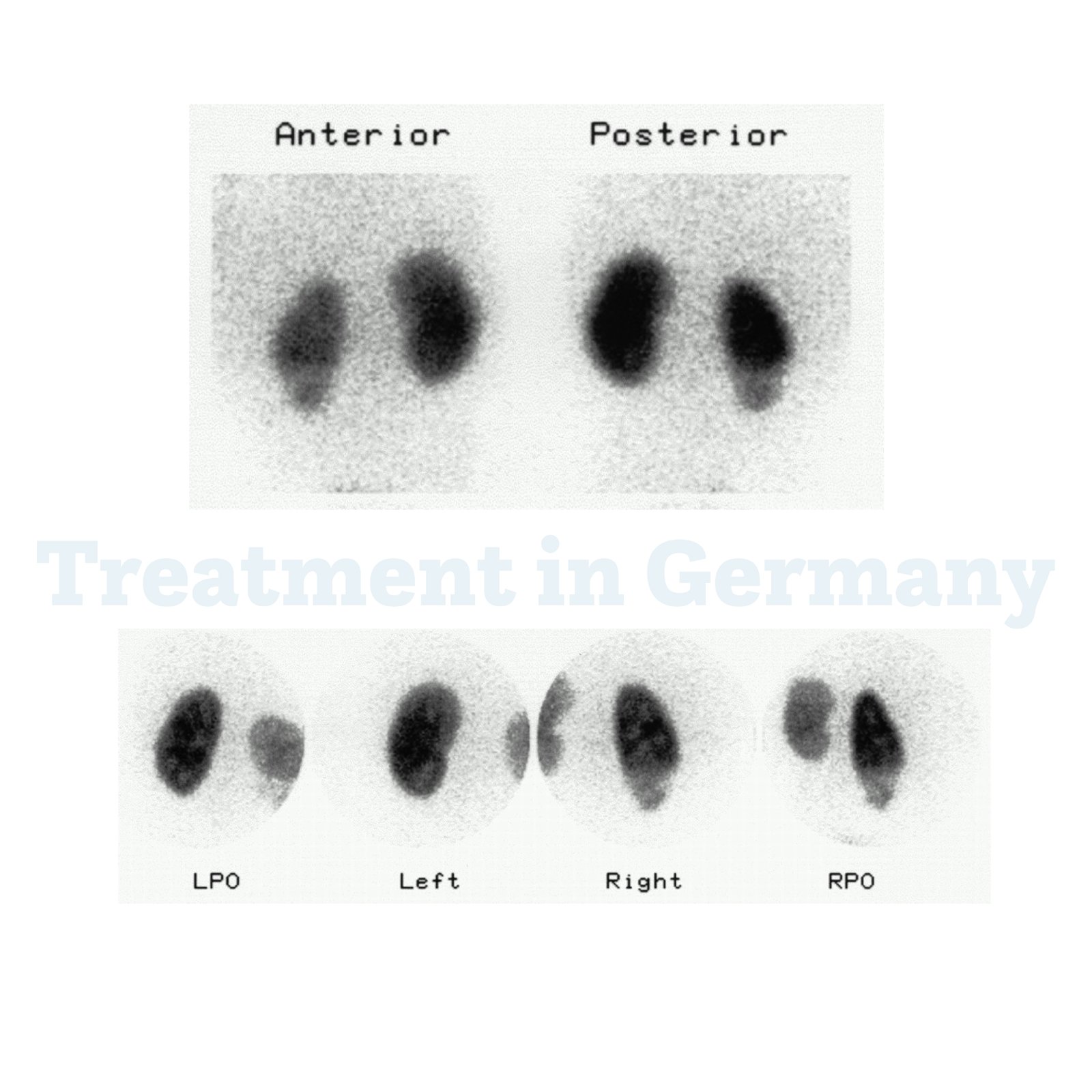This advanced diagnostic procedure provides detailed insights into your kidney function, anatomy, and blood flow, empowering accurate diagnoses and effective treatment.
Renal scintigraphy, also known as a renal scan, is a highly specialized imaging technique that evaluates the health and functionality of your kidneys. By using a small dose of a radiotracer, the scan provides precise data on how your kidneys are functioning, detecting abnormalities that may otherwise go unnoticed in traditional imaging studies. It’s a vital tool for diagnosing and monitoring kidney-related conditions like blockages, infections, or functional decline.
How Does Renal Scintigraphy Work?
Renal scintigraphy works by introducing a radiotracer into the bloodstream, which is then absorbed by the kidneys. It takes place in following steps:
Potential Uses of Renal Scintigraphy (Renal Scan)
Diagnosing Kidney Blockages: Identify obstructions that impact the proper flow of urine from your kidneys.
Benefits of Renal Scintigraphy (Renal Scan)
Renal Scintigraphy allows healthcare providers to assess how well each kidney is filtering blood, identify potential obstructions, and evaluate blood flow to the kidneys. It benefits as:
Side Effects of Renal Scintigraphy (Renal Scan)
The procedure uses a low dose of radiotracer, generally considered safe and well-tolerated with minimal risks, such as:
Conclusion
A Renal Scintigraphy scan could provide the answers and clarity you need to protect and improve your kidney health. This advanced imaging technique is designed to assess kidney function, detect abnormalities, and guide your treatment plan with precision. Choose Germany for access to exceptional medical care and state-of-the-art diagnostic tools. Renowned for its healthcare expertise and high standards, Germany's medical facilities combine cutting-edge technology with personalized patient care. Whether you're seeking diagnostic accuracy, professional expertise, or a second opinion, Germany offers the peace of mind and trust you deserve on your health journey.
👉 Contact us for further information and receive a complimentary consultation

.webp)
.webp)
 (1).webp)
 (1).webp)

.webp)
.webp)
 (1).webp)
 (1).webp)
